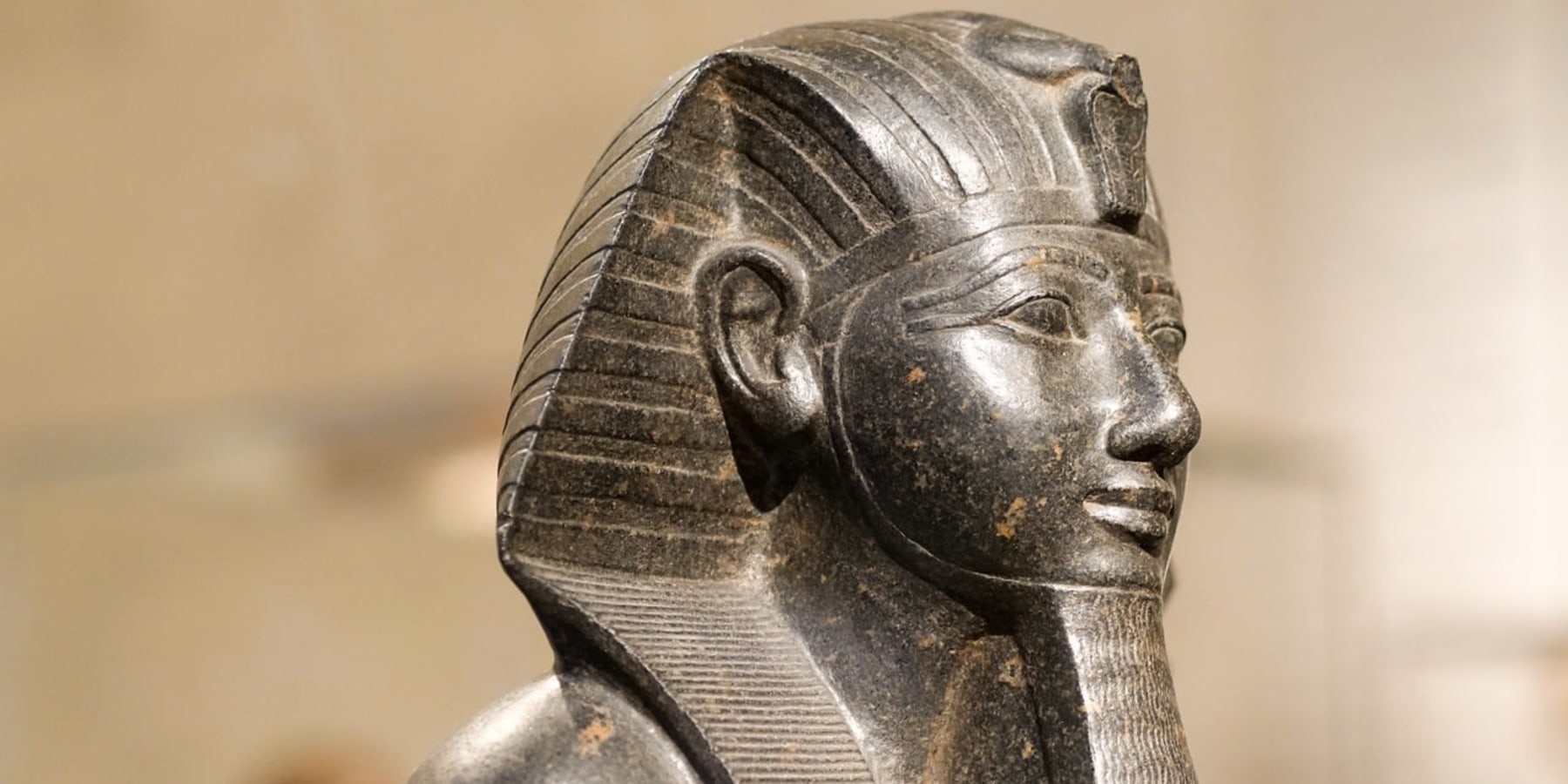
Pharaoh Thutmose III, often hailed as one of the greatest military leaders in ancient history, ruled Egypt during the 18th Dynasty of the New Kingdom. His reign, which lasted from approximately 1479 to 1425 BCE, marked a period of unprecedented military conquests, administrative reforms, and cultural flourishing. Thutmose III is often referred to as the "Napoleon of Egypt," a title earned through his remarkable campaigns and strategic brilliance that expanded Egypt's empire to its greatest extent.
Early Life and Ascendancy to the Throne
Born as the son of Thutmose II and a lesser wife named Iset, Thutmose III's early years were shaped by the powerful presence of his stepmother, Hatshepsut. After the death of his father, Thutmose III was technically the rightful heir to the throne, but being very young at the time, Hatshepsut took on the role of regent. Eventually, she declared herself Pharaoh, effectively sidelining Thutmose III for nearly two decades. During this period, Thutmose III was trained in the arts of war and governance, preparing him for a future that would be nothing short of legendary.
Military Campaigns and Expansion of the Empire
Upon Hatshepsut's death, Thutmose III took full control of Egypt and immediately set about asserting his authority. One of his first acts was to launch a series of military campaigns that would define his reign. Over the course of 17 major campaigns, Thutmose III extended Egypt's influence from the Euphrates River in the north to the Fourth Cataract of the Nile in the south.
His most famous military achievement was the Battle of Megiddo in 1457 BCE, where he faced a coalition of Canaanite kings led by the King of Kadesh. Demonstrating his tactical genius, Thutmose III led his army through a narrow and risky mountain pass, surprising his enemies and securing a decisive victory. The triumph at Megiddo not only solidified Egyptian dominance in the Levant but also set a precedent for future military engagements.
Administrative Reforms and Governance
Thutmose III was not only a formidable warrior but also a shrewd administrator. He reorganized the administrative structure of the empire, ensuring that newly conquered territories were closely integrated into the Egyptian state. Thutmose III established a network of loyal governors and garrisons throughout the empire, which helped maintain order and facilitated the flow of tribute and resources to the capital.
He also focused on infrastructure and religious projects, commissioning the construction and renovation of numerous temples, most notably at Karnak. These projects not only served religious purposes but also acted as symbols of his power and divine favor.
Legacy and Cultural Contributions
The reign of Thutmose III left an indelible mark on Egyptian history. His military successes and administrative innovations laid the foundation for Egypt's golden age, during which it became the most powerful and wealthy nation in the ancient Near East. The wealth accumulated from his conquests fueled a cultural renaissance, leading to advancements in art, architecture, and literature.
Thutmose III's legacy as a warrior king is immortalized in the annals of history, with his achievements recorded in inscriptions, monuments, and the memories of those who followed him. His mummy, discovered in the Deir el-Bahari cache in 1881, continues to be a symbol of his enduring influence on Egyptian civilization.
Conclusion
Thutmose III was more than just a warrior; he was a visionary leader who understood the intricacies of statecraft and the importance of cultural patronage. His reign was a turning point in Egypt's history, one that transformed it into a superpower of the ancient world. The story of Thutmose III is a testament to the power of ambition, strategy, and the relentless pursuit of greatness—a legacy that continues to inspire and fascinate to this day.

